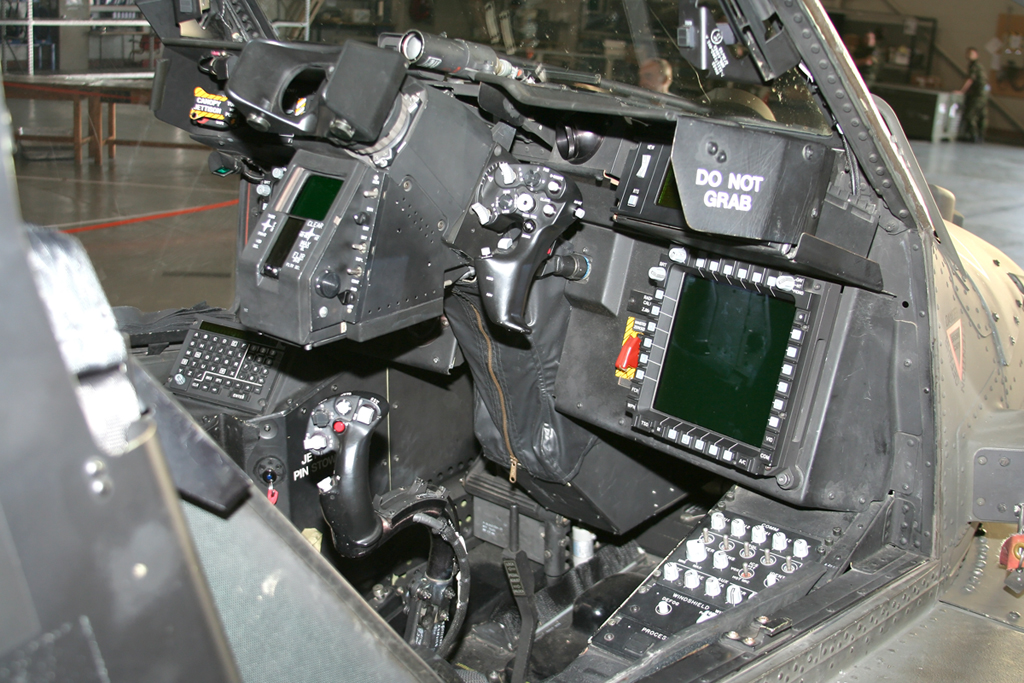Can a single machine truly embody the cutting edge of military technology, serving as both a symbol of power and a testament to engineering prowess? The Boeing AH-64 Apache, with its unparalleled combat capabilities, has undeniably become a cornerstone of modern air power, shaping the battlefield for decades and beyond.
From the vast deserts of the Middle East to the rugged terrains across the globe, the Apache has consistently demonstrated its ability to adapt and dominate, proving its versatility in diverse operational environments. This formidable attack helicopter, born from the crucible of the Cold War, has evolved into a highly sophisticated weapon system, capable of performing a multitude of missions, from close air support to reconnaissance and beyond. Its impact is felt not only in the air but also on the ground, where it provides critical support to ground forces, creating a significant tactical advantage.
The Apache's story, however, is not just about hardware; its a story of human ingenuity, of dedicated crews, and of continuous innovation. The evolution of the Apache reflects the ongoing efforts to enhance its performance, survivability, and effectiveness. The inclusion of the glass cockpit in late versions, for instance, represents a significant leap forward in pilot workload reduction and situational awareness. The Apache's ability to evolve underscores its relevance on the modern battlefield.
To understand the true scope of the Apache's impact, one must delve into its operational history, the technological advancements that have shaped it, and the role it plays in the global military landscape. The Apache is more than just a helicopter; it is a symbol of military innovation, a testament to human ingenuity, and a critical asset in the defense of freedom around the world.
| Feature | Description |
|---|---|
| Manufacturer | Boeing (formerly McDonnell Douglas) |
| Role | Attack helicopter |
| Crew | 2 (pilot and co-pilot/gunner) |
| Length | 58 ft 2 in (17.73 m) with rotors turning |
| Rotor Diameter | 48 ft 0 in (14.63 m) |
| Height | 12 ft 8 in (3.87 m) |
| Empty Weight | 11,387 lb (5,165 kg) |
| Max. Takeoff Weight | 23,000 lb (10,433 kg) |
| Powerplant | 2 General Electric T700-GE-701D turboshaft engines, 1,898 shp (1,415 kW) each |
| Maximum Speed | 180 knots (207 mph, 333 km/h) |
| Cruise Speed | 143 knots (165 mph, 265 km/h) |
| Range | 257 nmi (296 mi, 476 km) |
| Combat Radius | 299 mi (481 km) |
| Service Ceiling | 21,000 ft (6,400 m) |
| Rate of Climb | 2,460 ft/min (12.5 m/s) |
| Armament |
|
| Avionics |
|
The history of the AH-64 Apache is a study in continuous improvement. The D model, with its glass cockpit, represents a significant advancement, enhancing pilot capabilities with sophisticated displays and avionics. This model showcases a deep understanding of the needs of modern warfare.
The Apache's design prioritizes survivability. It features redundant systems, armored seats, and a robust airframe, all aimed at protecting the crew. It is capable of destroying armor, personnel, and materiel targets in obscured battlefield conditions, cementing its position as a dominant force.
- Unveiling The Life And Legacy Of Jason Emanuel Gould
- Did Ree Drummond Pass Away In 2024 A Comprehensive Look
The impact of the Apache extends beyond mere combat performance. It is a symbol of the US Army's dedication to air power and a strong ally in many countries across the globe. Its widespread adoption by nations such as the UK, Israel, and Saudi Arabia illustrates its global influence.
The evolution from early prototypes to the advanced models in service today reflects continuous innovation. The Apaches design has been refined over decades, incorporating lessons learned from various conflicts and technological advancements. This iterative approach ensures that the Apache remains at the forefront of military aviation.
Moreover, the development of freeware simulations, with features like light and dark paint schemes, 8K and 16K texture packs, and fully detailed interiors, highlights the Apache's enduring appeal. Digital recreations, offering realistic cockpit and instrumentation panels, allow enthusiasts to experience the Apache's intricacies. These simulations contribute to both the preservation of the Apache's legacy and its continued fascination.
The dedication of individuals, such as those focused on developing accurate model representations, further contributes to the Apache's story. The attention to detail, from the positive rivets to the cockpit layout, shows a deep appreciation for the real machine. All the learned skills from developing models, such as the Kiowa Warrior, are valuable and portable and bring a wealth of experience to this project.
On an exciting note, the presence of two models from Takom on the horizon shows ongoing interest in the Apache. The Apache isnt just about its capabilities; it's about the people who build, maintain, and operate it. The events, such as the battalion family day at the aerial gunnery range hosted by Wilson and members of the 1st attack reconnaissance battalion, 82nd combat aviation brigade, exemplify this sense of community.
The Apaches impact goes far beyond its use in combat. Its design, technological innovation, and global deployment showcase its significance in military history and in shaping the future of warfare.
The Apaches legacy is assured, a testament to human ingenuity and engineering, and a symbol of air power for generations to come. To date, more than 5,000 Apache helicopters have served with the U.S. and 18 other countries. The journey of the Apache is far from over, and it will remain a potent symbol of military innovation for years to come.
For those eager to delve deeper into the technical aspects and operational history of the AH-64 Apache, the official Boeing website is an invaluable resource. It provides comprehensive details, specifications, and updates on the Apache program.
Here is the link: Boeing - AH-64 Apache
- Did Ree Drummond Pass Away In 2024 A Comprehensive Look
- Exploring The Complex Landscape Of Donald Trumps Iq


